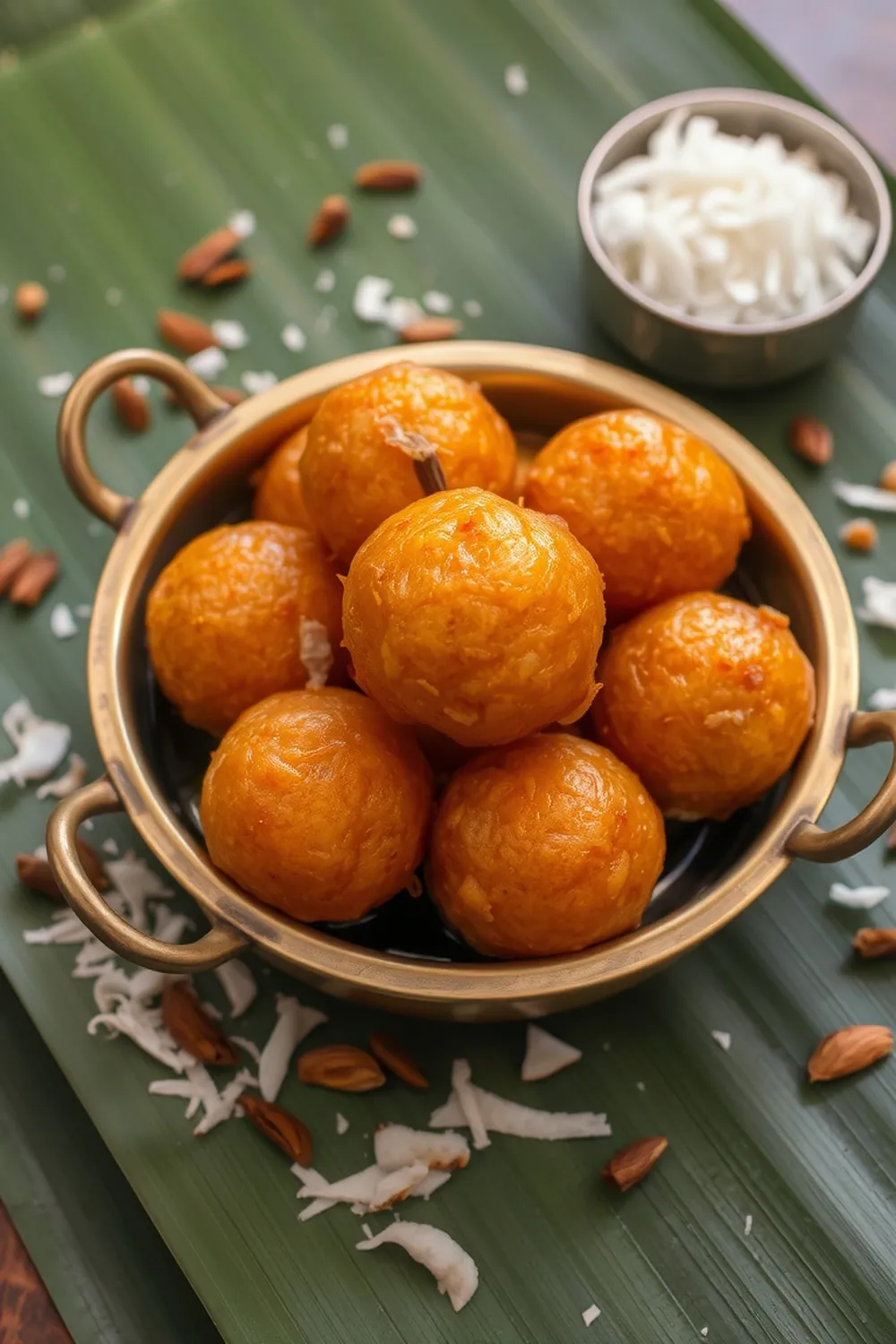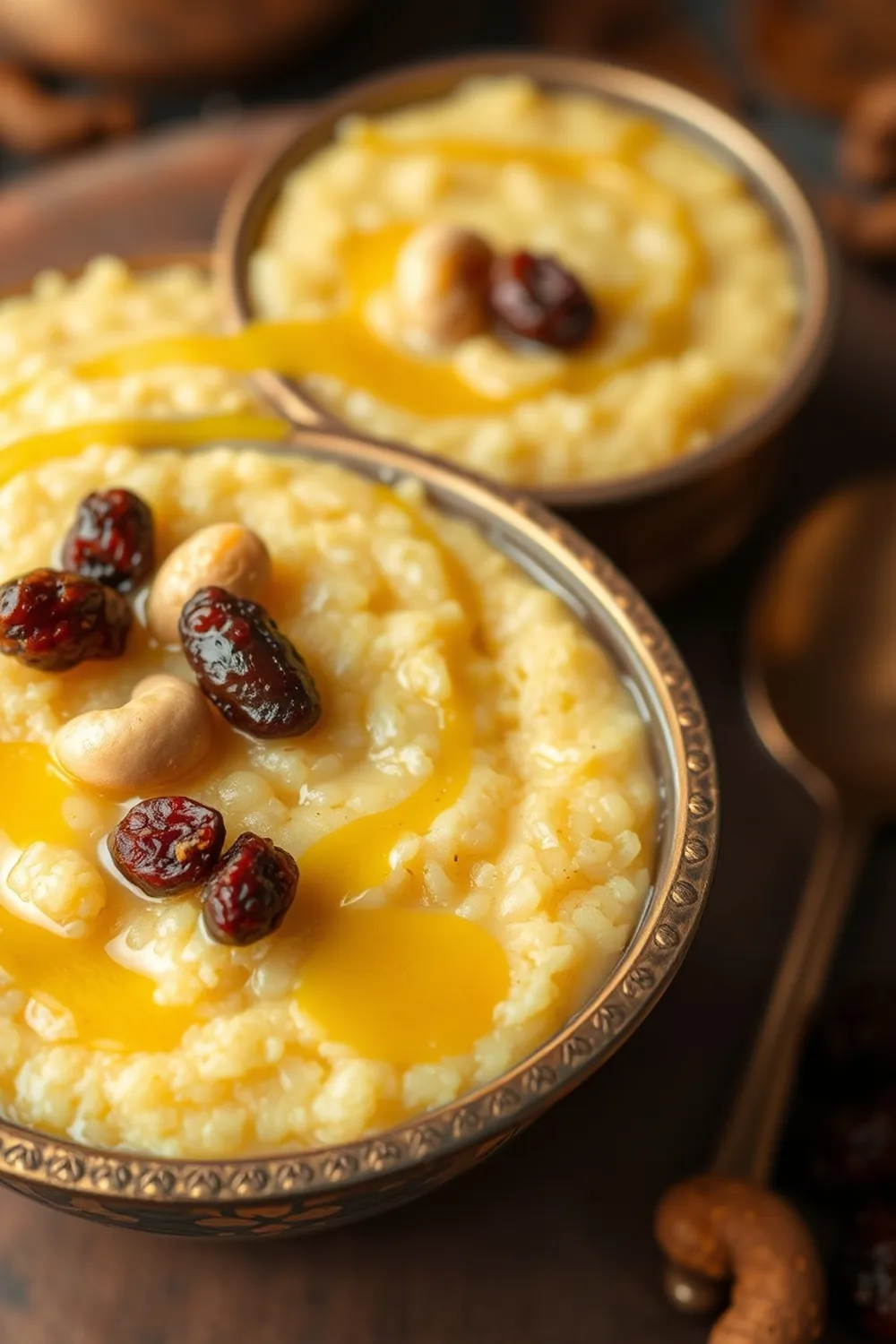- Combine sugar and water in a heavy-bottomed pan.
- Heat on medium flame, stirring until the sugar dissolves.
- Remove any impurities or scum from the syrup using a slotted spoon.
- Test syrup consistency: Half-thread (1/2 thread) for gulab jamun, one-thread (1 thread) for jalebi, and a thicker consistency for burfi.
- For jaggery syrup (adhirasam): Replace sugar with jaggery and filter the syrup before use.
- Calories:200 kcal25%
- Energy:836 kJ22%
- Protein:g28%
- Carbohydrates:50 mg40%
- Sugar:50 mg8%
- Salt:g25%
- Fat:g20%
Last Updated on 2 months by Neha Deshmukh
Sugar Syrup Recipe – Perfect Consistency For Gulab Jamun & Jalebi
Hey everyone! If you’ve ever dreamt of making melt-in-your-mouth Gulab Jamun or crispy, syrupy Jalebi at home, you’re in the right place. Honestly, the syrup is the key. Get that right, and everything else just falls into place. I remember the first time I tried making Gulab Jamun – the syrup was a disaster, and they ended up a bit… well, let’s just say a learning experience! But trust me, after years of practice, I’ve cracked the code, and I’m so excited to share it with you.
Why You’ll Love This Recipe
This sugar syrup recipe is incredibly versatile. It’s not just for Indian sweets! You’ll find yourself reaching for it for so many things. It’s super simple to make, requires just two ingredients, and is totally customizable. Plus, knowing how to make perfect sugar syrup opens up a whole world of delicious possibilities.
Ingredients
Here’s what you’ll need:
- 1 cup sugar (approximately 200g)
- 0.5 cup water (120ml)
Ingredient Notes
Let’s talk sugar! There are a few different types you can use, and they each have a slightly different effect.
- Granulated sugar is what most recipes call for, and it works beautifully. It’s readily available and gives a nice, clean sweetness.
- Caster sugar (superfine sugar) dissolves a little quicker, which can be helpful if you’re in a hurry.
- Icing sugar (powdered sugar) isn’t ideal for syrup making as it contains cornstarch.
Growing up, my nani (grandmother) always insisted on using a specific brand of sugar – she said it made all the difference! It’s funny how these little things get passed down through generations. The quality of your sugar does matter, so try to use a good quality one for the best results.
Step-By-Step Instructions
Alright, let’s get cooking!
- Combine the sugar and water in a heavy-bottomed pan. This helps distribute the heat evenly and prevents scorching.
- Place the pan on medium heat and stir gently until the sugar completely dissolves. Don’t rush this step! You want a clear mixture before moving on.
- Once the sugar is dissolved, stop stirring! This is important. Let the syrup bubble away gently.
- Now, keep a close watch. You’ll start to see tiny bubbles forming on the surface. Use a slotted spoon to carefully skim off any impurities or scum that rises to the top. This will give you a beautifully clear syrup.
- This is where things get a little tricky – testing the consistency. We need to check for ‘string consistency’. Dip a spoon into the syrup and let it cool slightly. Then, try to form a string between your thumb and forefinger.
- Half-string (1/2 thread): For Gulab Jamun, you want a syrup that forms a slightly sticky, short string.
- Full-string (1 thread): For Jalebi, aim for a syrup that forms a longer, more defined string.
- Thicker consistency: For burfi, you’ll need to cook the syrup for longer until it’s noticeably thicker.
Expert Tips
Okay, here are a few things I’ve learned over the years to help you nail this recipe:
- Preventing Crystallization: If you notice sugar crystals forming on the sides of the pan, brush them down with a wet pastry brush. This prevents them from falling back into the syrup and causing it to crystallize.
- Achieving Clear Syrup: Skimming off the impurities is key! Don’t skip this step.
- Troubleshooting: If your syrup crystallizes, add a tiny squeeze of lemon juice and bring it back to a simmer, stirring gently.
Variations
Want to switch things up? Here are a few ideas:
- Sugar-Free Option: You can use sugar substitutes like erythritol or stevia, but the consistency might be slightly different. You may need to experiment with the amount.
- Jaggery Syrup (Adhirasam): My friend’s mom makes the most incredible adhirasam (a South Indian sweet) using jaggery instead of sugar. Replace the sugar with an equal amount of jaggery, and be sure to filter the syrup through a fine-mesh sieve to remove any impurities.
- Date Syrup Adaptation: I’ve experimented with date syrup for a more caramel-like flavour. It requires adjusting the water content, so start with less water and add more as needed.
- Rose Water Infusion: Add a teaspoon of rose water towards the end of cooking for a delicate floral aroma. My family loves this in Gulab Jamun.
- Saffron Infusion: A pinch of saffron strands added during the simmering process will give your syrup a beautiful colour and flavour.
Serving Suggestions
This syrup is a game-changer for so many Indian desserts! Here are a few of my favourites:
- Gulab Jamun: The classic!
- Jalebi: Crispy, sweet, and utterly addictive.
- Rasgulla: Soft, spongy cheese balls soaked in syrup.
- Shrikhand: A creamy yogurt dessert that benefits from a drizzle of syrup.
- Imarti: Similar to Jalebi, but made with urad dal flour.
Storage Instructions
Leftover syrup can be stored in an airtight container in the refrigerator for up to a week. It might thicken slightly when chilled, so you can gently warm it up before using.
FAQs
Let’s answer some common questions:
- What is the difference between half-string and full-string consistency? It’s all about how easily a string forms when you cool a spoonful of syrup. Half-string is stickier and shorter, while full-string is longer and more defined.
- How do I prevent sugar syrup from crystallizing? Brush down any sugar crystals on the sides of the pan with a wet pastry brush.
- Can I reuse leftover sugar syrup? Absolutely! It’s perfect for soaking other sweets or adding a touch of sweetness to drinks.
- What if my sugar syrup is too thick/thin? If it’s too thick, add a little hot water. If it’s too thin, continue simmering for a few more minutes.
- Can I make this syrup with brown sugar? You can, but it will have a different flavour and colour. It’s best to stick with granulated or caster sugar for traditional recipes.










